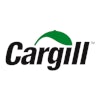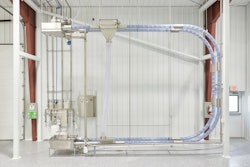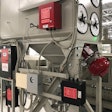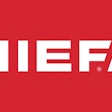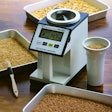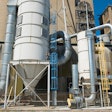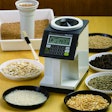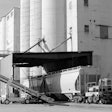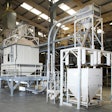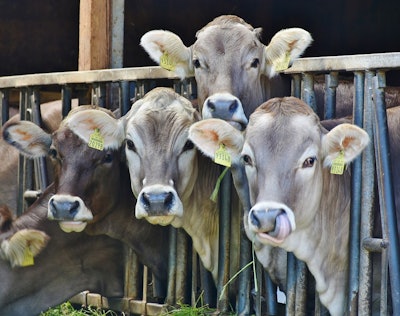
From Fusarium in the field to Penicillium after harvesting, dairy cow feedstuffs, such as corn, are subject to mycotoxins at virtually every step from growth to harvesting, storage to dairy barn. Mycotoxins can have costly effects on dairy cattle production, but if producers know what to look for in their fields and feedstuffs, they can greatly reduce the impact on cow health and productivity.
Mycotoxins in the field
Moisture in feedstuffs can lead to mold growth, and mold growth not only lowers feed quality but also can lead to the production of harmful mycotoxins. No matter what type of mold they stem from or when they are formed, mycotoxins can be found in nearly all feedstuffs in some concentration1 and can be exacerbated by high moisture — to the detriment of dairy herd health, comfort and productivity. While hundreds of mycotoxins exist, a handful have proven to be especially problematic for dairy producers. Fortunately, there are signs producers can watch for, and actions they can take, to help reduce mycotoxins in their feed and to recognize and mitigate mycotoxin contamination in their dairy cows.
“A large number of U.S. dairy producers grow at least some of their own feed ingredients, putting them in control of quality throughout the growing season and until fed to dairy herds,” says Paulo Rezende-Napier, Product Director for Phibro Animal Health Corp. “By following careful management techniques and having awareness of conditions conducive to mold growth, producers can optimize the quality of their feedstuffs.”
While mycotoxins are nearly impossible to prevent, producers who grow their own feedstuffs can significantly reduce the occurrence of mycotoxins during the growing season with the following practices:
- Reducing plant stress in the field
- Striving for a timely planting/harvest (as weather permits)
- Using proper tillage techniques
- Optimizing soil fertility and irrigation
- Monitoring for signs of pests and disease and applying insecticides and fungicides accordingly
Wet weather makes crops even more susceptible to molds and mycotoxins. Producers who are experiencing mold-friendly conditions will want to consider:
- Feed treatments to help prevent mycotoxin development
- Feed adsorbents to help prevent the animal from absorbing potential mycotoxins
- Addition of nutrients, antioxidants and/or immune modulators
Mitigating mycotoxin contamination in the dairy herd
When mycotoxin-contaminated feeds are consumed by a dairy cow, the mycotoxins act in tandem with other dairy cow stressors and can present clinical signs of mycotoxin poisoning. Dairy producers should monitor for:
- Lower dry matter intake
- Intermittent diarrhea/other digestive upsets
- Failure to grow normally
- Rough hair coat
- Reproductive dysfunction
- Irregular heat cycles or early embryonic mortality
- Decreased milk production
“One clinical sign that’s not visible and is difficult to detect is immune system suppression,” warns Dr. Dennis Nuzback, Ph.D., Research Technical Manager, Phibro Animal Health Corporation. “It’s therefore imperative that producers monitor the concentrations of mycotoxins in their feeds before they rob dairy cows of health and productivity.”
When any of these clinical signs are present, producers should act quickly to identify the source of the mycotoxin contamination. While awaiting sample testing, they should work with their nutritionist to replace contaminated feed and consider adding a processed bentonite adsorbent such as AB20®, which can significantly reduce mold growth and contamination and help protect animal health and milk production.
AB20 nutritional specialty product is a bentonite adsorbent, containing hydrated sodium and calcium aluminosilicates that reduce caking and flowability issues by binding moisture that is present in feed. Lower moisture in grain reduces the potential for mold growth, and lowering mold growth in feed improves its quality. By feeding AB20 daily, replacing the contaminated feedstuffs with mycotoxin-free ingredients and monitoring for additional clinical signs, dairy producers can help their herds, and their milk quality, stay on track.
To learn more about the effects of mycotoxins on dairy cattle, or for feeding rates for AB20, contact your Phibro representative at 800-677-4623.
About Phibro Animal Health Corp.
Phibro Animal Health Corporation is a diversified global developer, manufacturer and marketer of a broad range of animal health and mineral nutrition products for livestock, helping veterinarians and farmers produce healthy, affordable food while using fewer natural resources. For more information, visit pahc.com.

